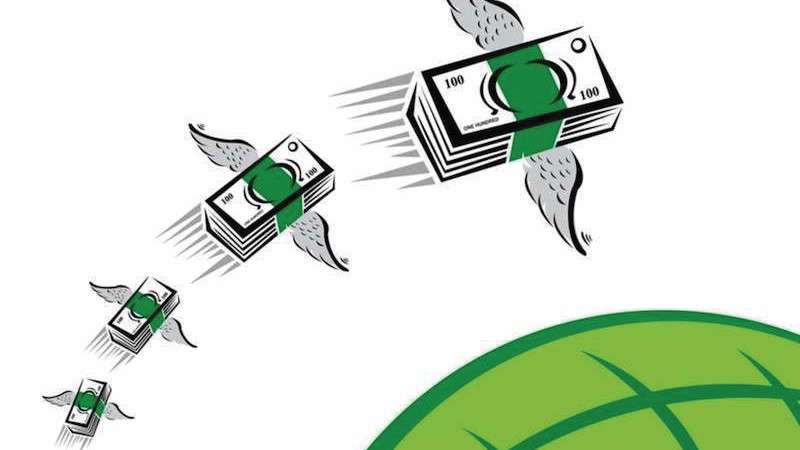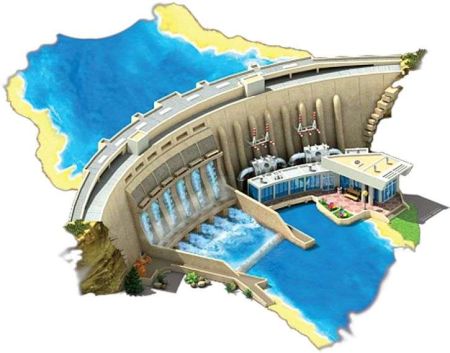Although the government has adopted a policy to encourage the use of income from remittances in productive sector, it has been found that more than half of the amount is spent on daily consumption. A study titled 'Impact of Foreign Employment on the Economic and Social Sectors in Lumbini Province' conducted by Nepal Rastra Bank has shown that most of the money received from remittances is spent on daily consumer goods, education, health, entertainment and other unproductive areas.
The central bank prepared the report based on a study and on-site survey of 383 families whose members have gone for foreign employment from five districts of Lumbini Province including Gulmi, Arghakhanchi, Palpa, Rupandehi and Rolpa. The study revealed the fact that 58.78 percent of the money earned from foreign employment is spent on daily consumption, 22.48 percent on education and health, 10.07 percent on debt repayment and 8.67 percent on entertainment.
Among the surveyed families, the daily consumption expenditure of 96.61 percent has increased compared to the period before going to foreign employment. Likewise, 96.08 percent of the families’ expenditure on festivals, entertainment and social expenses have also increased. The study found that the families who receive remittances invested in trade, business, housing and jewelry. Around 68.21 percent of families invested in business, 65.80 percent in housing and 63.19 percent in jewelry.
Altogether 88.25 percent of the families involved in foreign employment included in the study said that their savings have increased. Among those families, 13.05 percent said that the arable land has increased, 51.44 percent said that the arable land has remained the same and 35.51 percent said that the arable land has decreased. According to the data of Nepal Rastra Bank, the dependent families received Rs 543. 29 billion in remittance in the fiscal year 2070/71, which increased to 1220.55 billion in FY 2079/80.






















